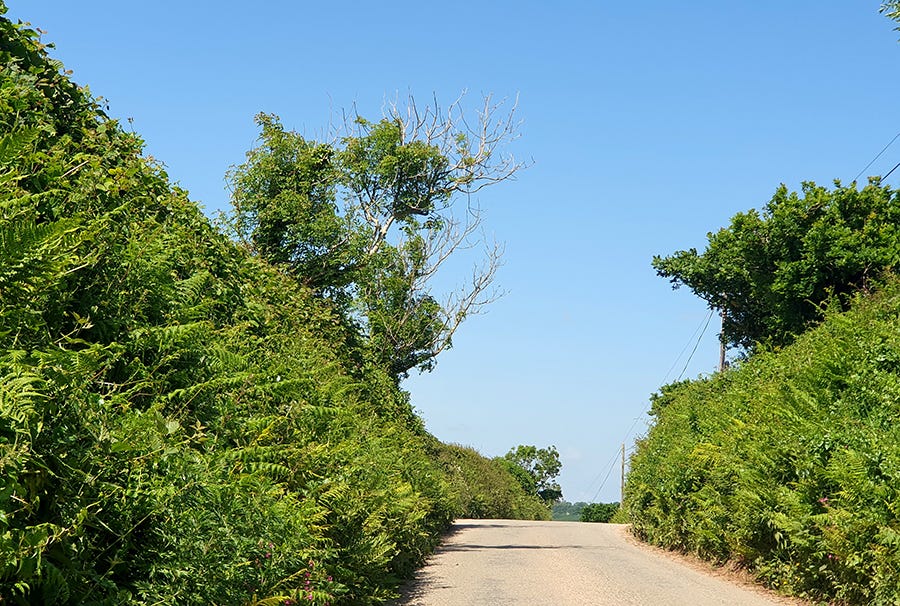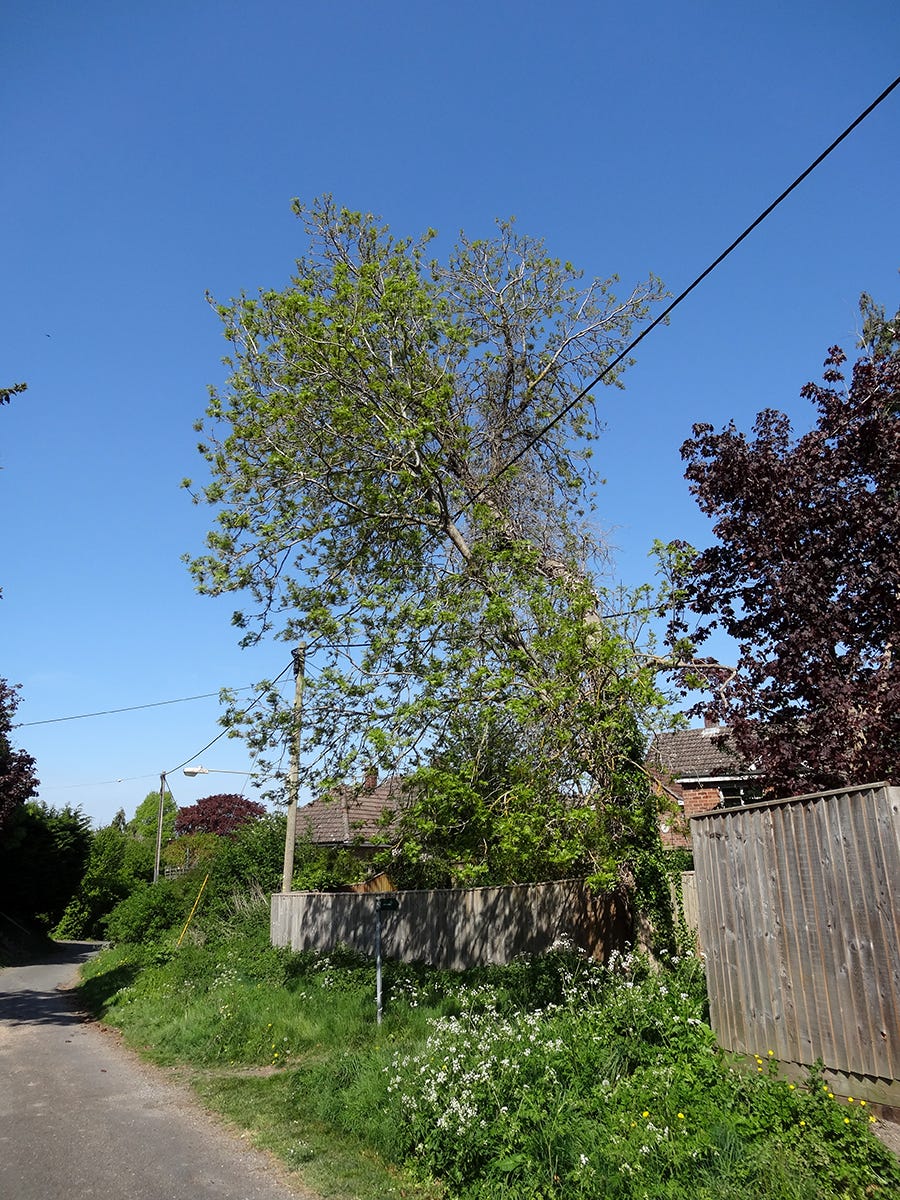Ash Dieback: Tackling the threat of dangerous roadside ash
Improved funding and advice is available now…
This edition, Tree Talk welcomes a guest post by Defra’s Tree Health Policy Advisor, Joe Harrison. The Tree Council works closely with Defra on a wide variety of projects, from the Shared Outcomes Fund: Trees Outside Woodland, to the local authority focused Tree and Woodland Strategy Toolkit, as well as vital, ongoing work combatting tree pests and diseases.

Most parts of the country are now experiencing the impacts of ash dieback. The disease is causing widespread ash tree decline in some areas, and this is expected to continue. It is predicted that the majority of our native ash trees will exhibit symptoms of ash dieback, but not all that do, will die. A small percentage of ash trees will have a degree of tolerance to the disease and others will exist in locations where they escape the worst impacts.
Spotlight on dangerous road and path-side ash
It is crucial the effects of ash dieback are planned for and managed, especially in safety-critical locations. That is why, through the Tree Health Pilot, Defra is trialling a grant to help pay for some of the costs associated with the removal of dangerous ash with ash dieback growing along roadsides and public footpaths.

Groups with ash dieback in the North West, West Midlands, London and the South East, led by a facilitator, can access funding that pays towards:
· European protected species surveying
· the costs of traffic management and road closures when felling trees
· restocking and maintenance of newly planted trees
· facilitation time to manage the group
By collaborating, local landowners can reduce the danger diseased trees pose and replace them with more resilient species.
To better achieve economies of scale, foster a more coordinated approach and reduce the number of disruptions along the same stretch of road, you can only apply for these grants as part of a group application. You cannot apply as an individual.
Encouragingly, through the Tree Health Pilot so far, we are helping to restock a proposed 9,386 trees.
A joint research partnership...
Using what we’ve learned so far from testing and feedback, we’ve made several improvements to the Pilot’s ash dieback grant.
Working with The Tree Council and Forest Research, we convened a series of ash dieback workshops with local authorities, and there is clearly an appetite for information, innovation and collaborative working, but also capacity constraints. A challenge many local authorities face is the perceived difficulty and administrative burden of liaising with private landowners to organise coordinated action.
However, there is now a wealth of practical experience, and through encouraging local facilitation with better incentivised support from the Tree Health Pilot, we hope to provide worthwhile support for the areas that need it most.
What changes have been made?
The eligibility criteria for the ash dieback grant have been expanded to include lower tier local authorities, such as parish councils, as eligible group members. This enables the formation of groups consisting of a minimum of two individuals, including private landowners and lower tier local authorities. Higher tier authorities are still eligible to apply as a facilitator of a group grant
The eligibility to restock trees post felling has also been widened, allowing higher tier authorities acting as facilitators to apply.
The application systems for the offer have been simplified, resulting in faster application processing and the issuance of agreements.
To support lead facilitators and local authorities, new guidance has been provided to aid understanding of the Tree Health Pilot application processes. It clarifies the grant's coverage, eligibility criteria, and includes a case study illustrating the formation of an ash dieback grant agreement.

How can I apply?
Please complete an expression of interest form, which is available online.
Once submitted, we will do an initial assessment of your eligibility. If you pass these checks we will put you in contact with one of our Tree Health Pilot Woodland Officers who will assess your expression of interest, organise a site visit, advise you on your potential application and, if you wish to proceed, provide you with the full application form to complete.
You will be advised on the outcome of your application within four weeks of receipt. If you are successful, and once you have accepted the offer and returned it to the Forestry Commission, you will be able to begin the works necessary to deal with your dangerous ash trees.
Joe Harrison is a Tree Health Policy Advisor at Defra.
MORE Joe Harrison: The Tree Health Pilot: How and why you should participate
Further information
Managing ash dieback in England - Forestry Commission
Ash dieback action plan toolkit for local authorities - The Tree Council







Did you consider including paths through churchyards in the scheme? I have been keeping an eye on a large Ash tree in a local churchyard which is close to the church itself, and the main path to the churchyard runs underneath it. So far so good but it will make a huge difference to the locality if it dies.
What species are recommended for restocking where ash trees have been removed? Presumably not ash trees?